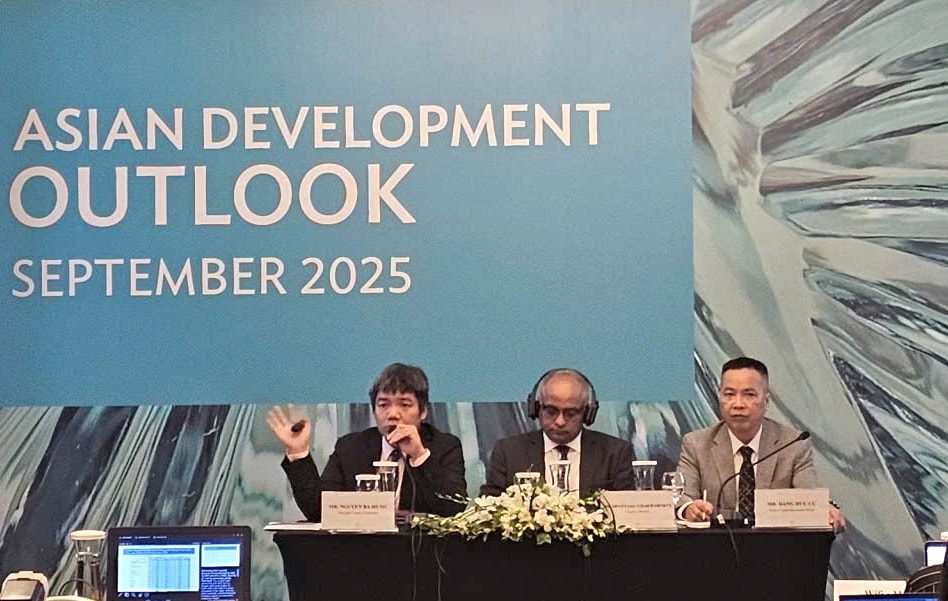
First half of the year is bright, exports and FDI play leading roles
In its September 2025 Asian Development Outlook report, released on September 30, ADB raised Vietnam’s growth forecast for 2025 from 6.6% to 6.7%. This is a slight but positive adjustment, reflecting a strong rebound in the first half of the year when GDP reached 7.5% – the highest since 2010.
According to ADB, industry and construction are the main drivers, with an increase of 8.3% in the first half of the year, far exceeding the 7.5% growth in the same period in 2024. Industrial output for the whole of 2025 is forecast to increase by 7.7%, thanks to stable exports of processed and manufactured goods. FDI inflows continue to play an important role: 15.4 billion USD was disbursed in the first 8 months of the year, the highest in 5 years, helping to maintain the momentum of production growth.
The services sector is also forecast to grow by 7.4% in 2025, with breakthroughs in finance and banking, logistics, media, retail and tourism. The agriculture sector, although smaller in proportion, is still expected to grow by 3.4%, thanks to global demand for high-quality food and the trend towards smart farming.
Inflation is forecast at 3.9% in 2025 and easing to 3.8% in 2026. Lower energy prices help reduce transportation costs – one of the important components of the consumer goods basket.
However, the ADB warned that the strong growth momentum in the first half of 2025 will be difficult to maintain. The new US tariffs from August 7 and countermeasures will slow exports, reducing growth in the second half of the year. The forecast for 2026 has been lowered from 6.5% to 6%. The main reason is the risk of US tariff policies, which could reduce demand for high-value services such as logistics, finance and business. If trade tensions persist, investment flows risk slowing down, affecting growth momentum.
Keys to growth: reform, public investment and the private sector
At the press conference to launch the report, Mr. Shantanu Chakraborty, ADB Country Director for Vietnam, emphasized that effective coordination between fiscal and monetary policies is a key factor to maintain macroeconomic stability. He said that in the long term, Vietnam needs comprehensive legal reforms to address structural challenges: adapting to climate change, enhancing the competitiveness of the private sector, improving the efficiency of state-owned enterprises, modernizing the tax system and accelerating digital transformation.
ADB Chief Economist in Vietnam, Mr. Nguyen Ba Hung, noted that domestic enterprises currently only contribute about 25-30% of total exports, while the FDI sector accounts for more than 70%. This shows the need to promote more strongly the development of the private sector, especially in science and technology to improve competitiveness.
Mr. Hung also emphasized that effective public investment is the key to maintaining growth and solving infrastructure bottlenecks. With a public debt ratio of less than 34% of GDP, much lower than the ceiling of 60%, Vietnam still has considerable fiscal space. This opens up the possibility of increasing spending on infrastructure investment, improving regional connectivity and enhancing the quality of public services.
In addition, the Government can take advantage of its favorable fiscal position to adopt selective growth-supporting measures, such as targeted tax cuts, lower compliance costs for businesses, and increased social spending to support low-income groups. At the same time, extensive institutional reform is a prerequisite to improve disbursement efficiency and unlock domestic resources.
ADB experts also stressed the need to shift to a more balanced growth model, relying more on domestic consumption and diversifying export markets. This is the direction to minimize the impact of future trade shocks.
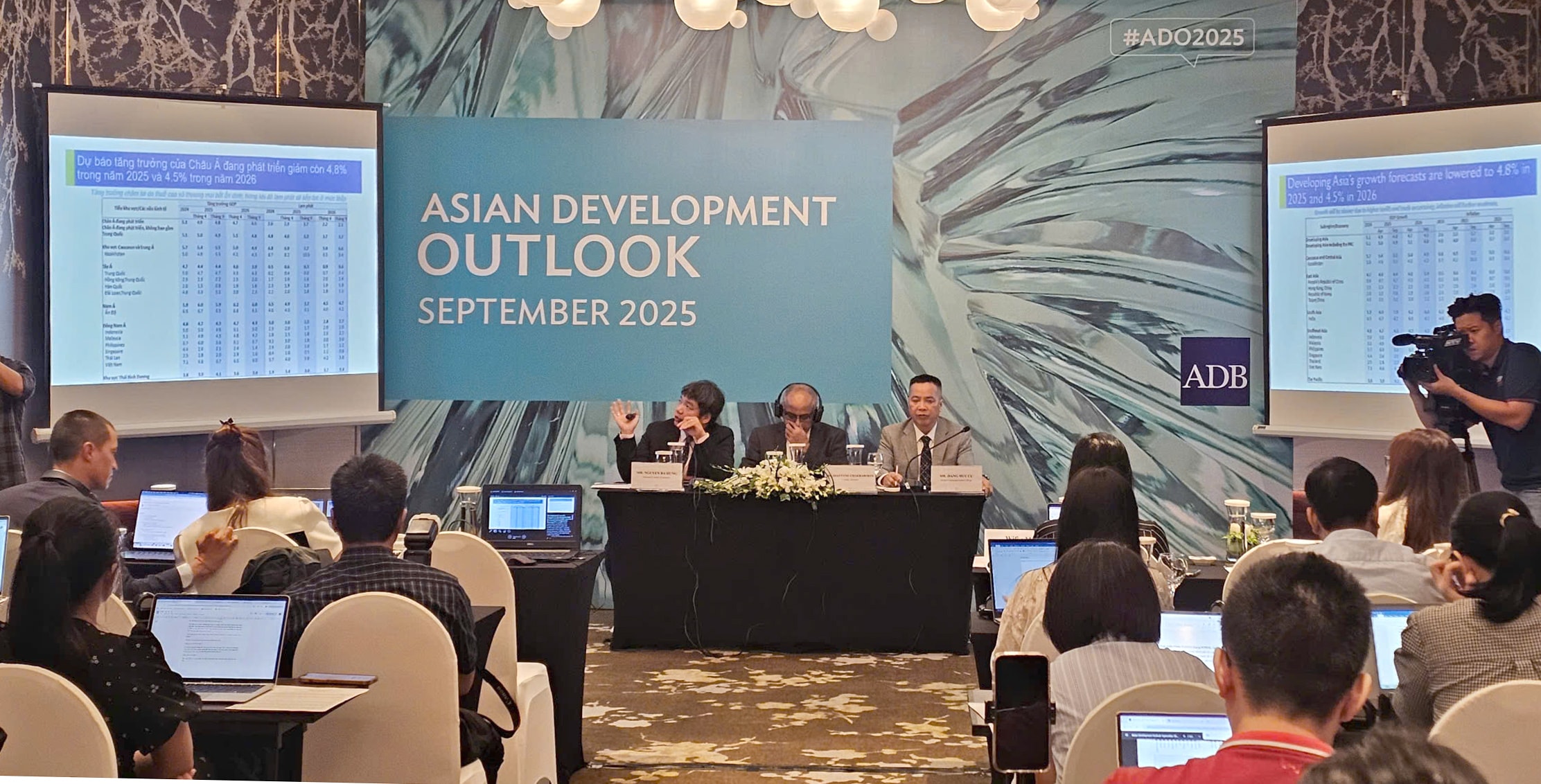
Source: https://daibieunhandan.vn/adb-nang-du-bao-tang-truong-cua-viet-nam-nam-2025-10388650.html



![[Photo] Hanoi morning of October 1: Prolonged flooding, people wade to work](https://vphoto.vietnam.vn/thumb/1200x675/vietnam/resource/IMAGE/2025/10/1/189be28938e3493fa26b2938efa2059e)






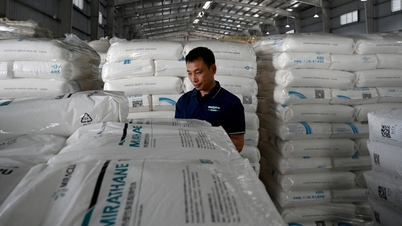



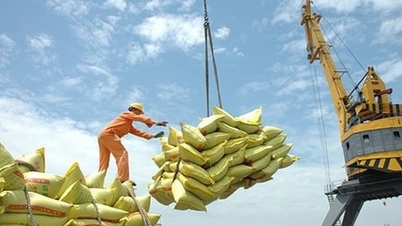







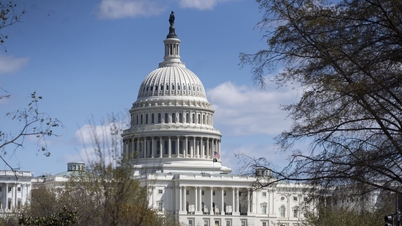







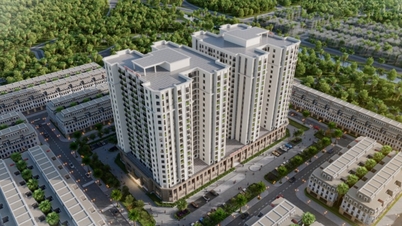
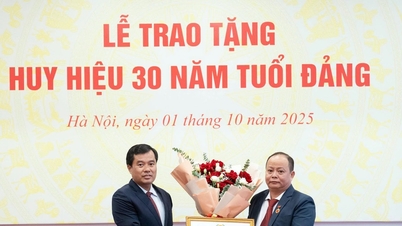



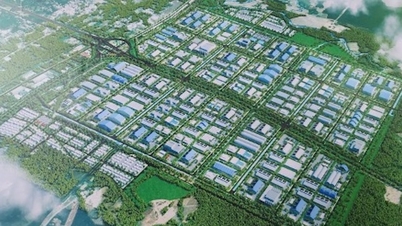
![[Photo] Panorama of the cable-stayed bridge, the final bottleneck of the Ben Luc-Long Thanh expressway](https://vphoto.vietnam.vn/thumb/1200x675/vietnam/resource/IMAGE/2025/9/30/391fdf21025541d6b2f092e49a17243f)












































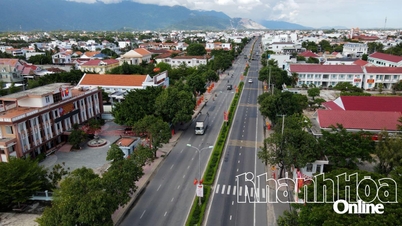
















Comment (0)